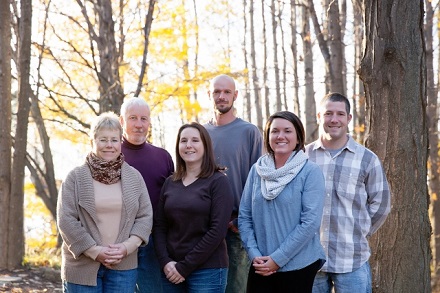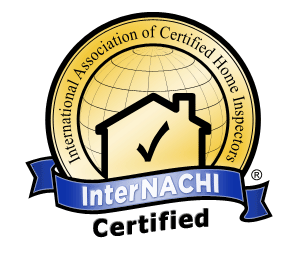Home Inspections of USA Commercial and Residential Home Inspections

"TEAM SHERLOCK"
Pool Safety
Safety Guidelines for Home Pools
Sources: CPSC.gov
PoolSafety.gov
Staying Safe in Residential Pools
Adding as many water safety steps as possible is the best way to assure a safe and fun experience in a residential swimming pool or spa. Parents and families can build on their current safety practices by adopting water safety steps at home pools and spas.

These are safety steps you can adopt at your residential pool or spa:
Staying Close, Being Alert and Watching Children in and Around the Pool
- Always watch your children when they are in or near a pool or spa
- Teach children basic water safety tips
- Keep children away from pool drains, pipes and other openings to avoid entrapments
- Have a portable telephone close by at all times when you or your family are using a pool or spa
- If a child is missing, look for him or her in the pool or spa first
- Share safety instructions with family, friends and neighbors
Learning and Practicing Water Safety Skills
- Learn how to swim and teach your child how to swim
- Learn to perform CPR on children and adults, and update those skills regularly
- Understand the basics of life-saving so that you can assist in a pool emergency
Having the Appropriate Equipment for Your Pool or Spa
- Install a four-foot or taller fence around the pool and spa and use self-closing and self-latching gates; ask your neighbors to do the same at their pools.
- Install and use a lockable safety cover on your spa.
- If your house serves as a fourth side of a fence around a pool, install door alarms and always use them. For additional protection, install window guards on windows facing pools or spas.
- Install pool and gate alarms to alert you when children go near the water
- Ensure any pool and spa you use has compliant drain covers, and ask your pool service provider if you do not know
- Maintain pool and spa covers in good working order
- Consider using a surface wave or underwater alarm
Staying Safe in Residential Pools
Swimming pools should always be happy places. Unfortunately, each year thousands of American families confront swimming pool tragedies— drownings and near-drownings of young children. These tragedies are preventable. The U.S. Consumer Product Safety Commission (CPSC) handbook offers guidelines for pool barriers that can help prevent most submersion incidents involving young children. This handbook is designed for use by owners, purchasers, and builders of residential pools, spas, and hot tubs.
The swimming pool barrier guidelines are not a CPSC standard and are not mandatory requirements. While these guidelines are not the sole recommendation to minimize pool drownings of young children, the Commission believes, however, that the safety features recommended in this handbook will help make pools safer. Click here to download the PDF.
Additional Resources:
Copyright and usage policy: This document is in the public domain. It may be reproduced with or without change in part or whole by an individual or organization without permission. Published here under the terms of the GNU free license, this content must be attributed to source if it is used by any third party.

Home Inspections of USA
1752 NE Torch Lake Drive
Central Lake, MI 49622
1-800-730-6610
231-544-8016